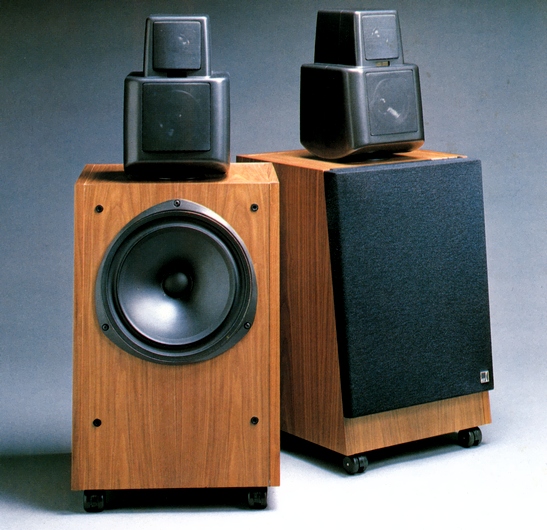- Joined
- Jun 19, 2018
- Messages
- 6,652
- Likes
- 9,407
This is what I meant about old measuring better than new:
https://www.community.genelec.com/forum/-/message_boards/view_message/1004384#_19_message_1004384
I will look up Danley.
EDIT: I looked up Danley on a previous occasion but didn’t understand the concept then. Will try again.
Thanks, this is interesting.
Unfortunately, although the OP in that thread makes a lot of statements about then 8531, there are no actual measurements in the link they give to support them. Anyway, I'll take the OP's word for it.
I don't think this is so much a case of the measurements being inadequate. Rather, the measurements do show a clear difference between the two speakers and show that one is superior in one aspect while the other is superior in other aspects.
It's just a question of whether the superior vertical polar response of the 8351 is a worthwhile trade-off for the superior distortion, phase response etc. of the older speaker.
FWIW, I've heard both these monitors and they do sound quite different from each other to me, although I heard them at different times and in different studios.
Let me know if you'd like me to try to explain how the Danleys work (it's complicated and there's a lot of not-quite-right info on forums about it).

